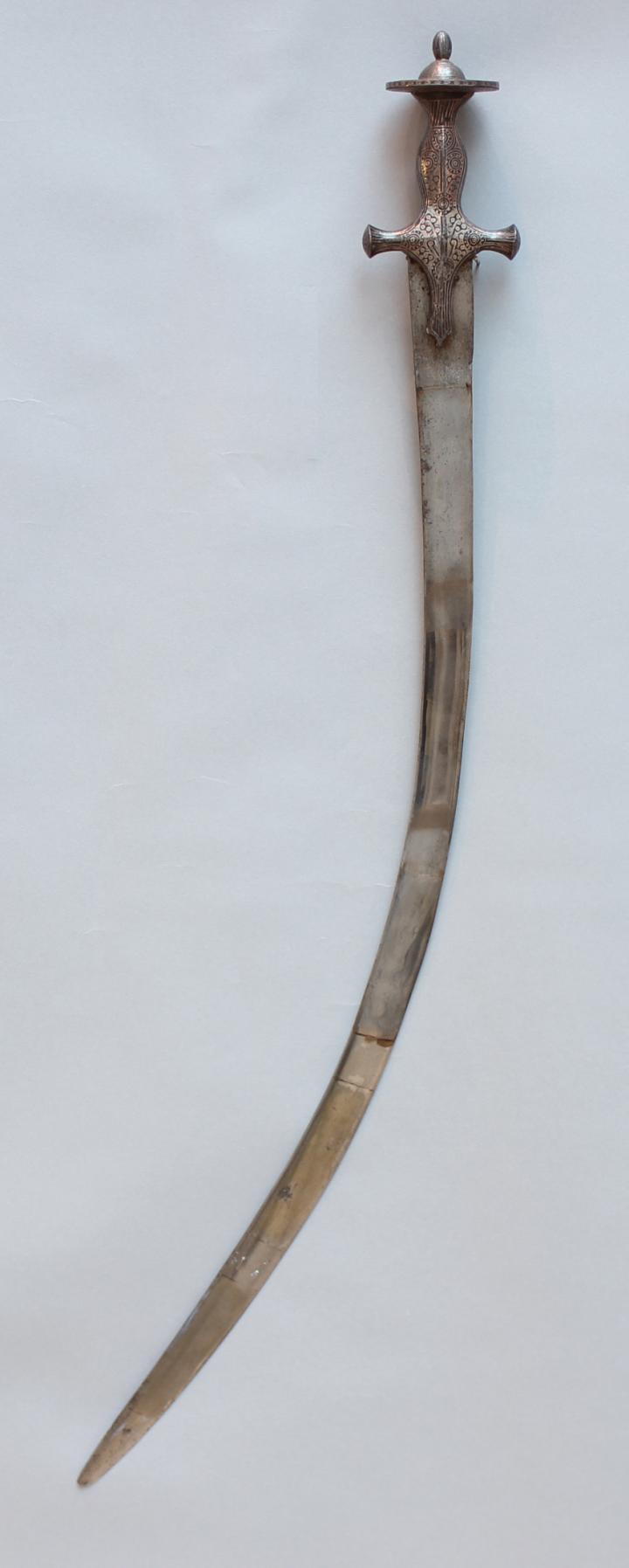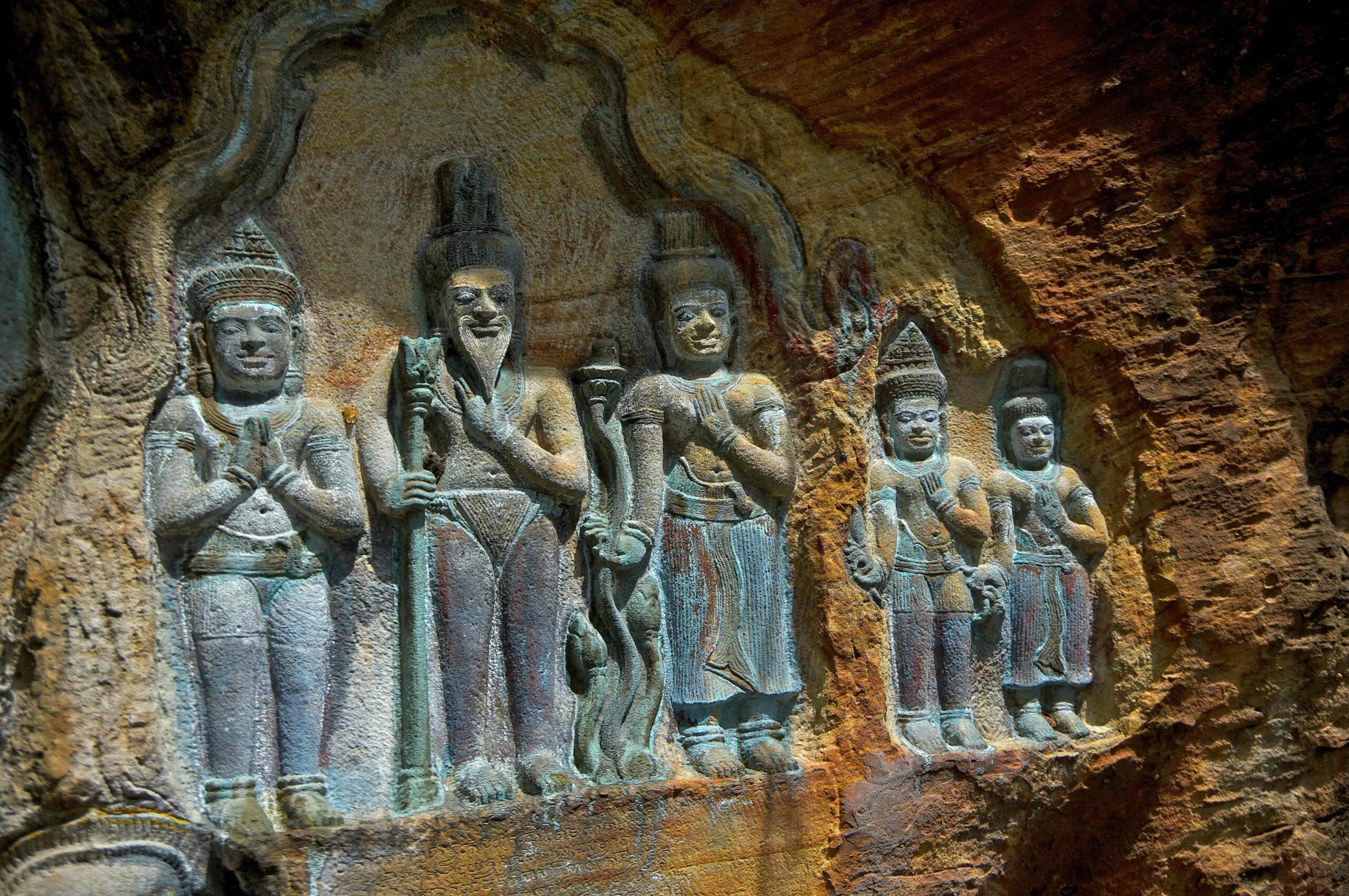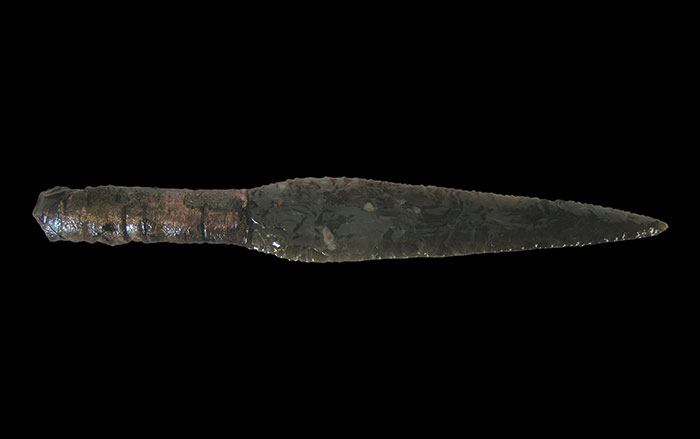
LONDON, ENGLAND—A curved single-edged sword called a shamsheer has been studied using metallography and neutron diffraction by a team led by Eliza Barzagli of the University of Florence. The sword, made in a Persian design, had been crafted in India in the late eighteenth or early nineteenth century. Samples were collected from an area of the weapon that had already been damaged to be examined under a microscope. Then the sword was sent to the ISIS pulsed spallation neutron source at the Rutherford Appleton Laboratory in the United Kingdom, for non-invasive testing. The results of the tests revealed that the sword, now housed at the Wallace Collection, was made of wootz steel, which is quite pure and has a high carbon content, characteristic of high-quality swords made in India and Central Asia. Such cast pieces of metal were cooled slowly and forged carefully at low temperatures. This particular sword was probably used in battle. “A non-destructive method able to identify which of the shiny surface blades are actually of wootz steel is very welcome,” Barzagli told Eureka Alert. To read about a similar study, see "Army Assists With Study of Anglo-Saxon Sword."









